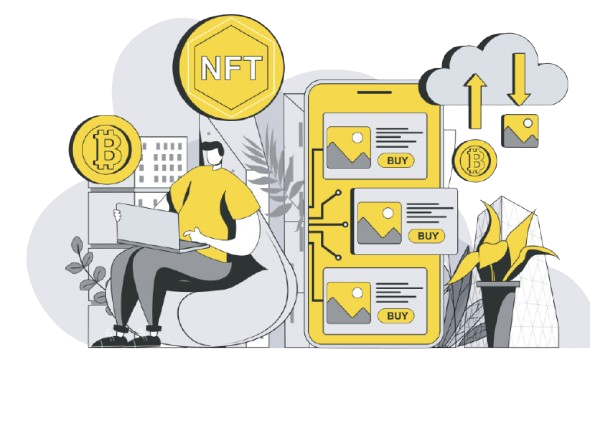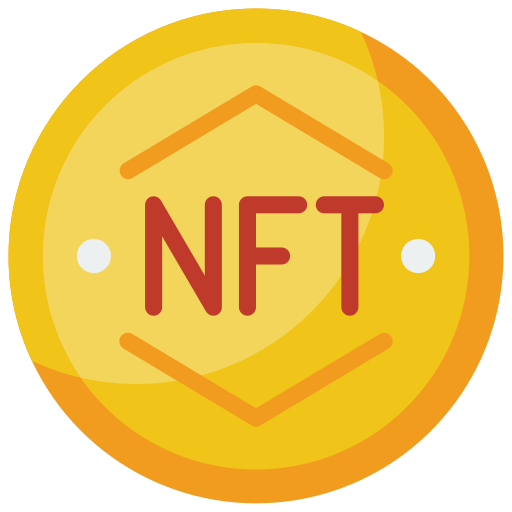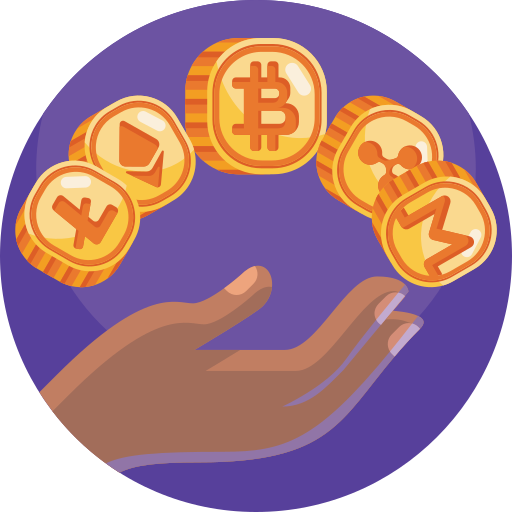
Bitcoin has grown far beyond being just a digital currency. With the introduction of innovations like Ordinals, Runes, and NFTs, the Bitcoin network now supports much more than simple transactions. These new technologies open up exciting possibilities for creating and owning digital assets directly on the Bitcoin blockchain. Understanding how these work—and how they differ—can help you navigate this expanding space and decide how you want to participate in the future of digital ownership.
Bitcoin Ordinals Explained
Ordinals allow you to attach data directly to individual satoshis, the smallest units of Bitcoin. Using a process called “inscription,” creators can embed unique digital content like images, videos, or text onto these satoshis. Unlike traditional NFTs, which rely on other blockchains or platforms, Ordinals are fully integrated into the Bitcoin network. Each inscribed satoshi is given a unique number, ensuring it’s traceable and one of a kind.
This has introduced a new form of digital ownership, especially for artists and creators. Bitcoin’s blockchain is known for being secure and immutable, which makes Ordinals a strong choice for anyone looking to create lasting, verifiable digital assets.
Runes Protocol Overview
Runes takes things a step further by introducing fungible tokens to Bitcoin. Unlike Ordinals, which focus on unique, non-fungible assets, Runes enables the creation and management of interchangeable tokens. This is great for projects that need digital currencies, gaming tokens, or other types of decentralized financial assets.
What’s cool about Runes is that they operate directly on the Bitcoin network, which means no need to rely on third-party platforms. You get the security and transparency that Bitcoin offers while simplifying the token creation process. If you’re looking to develop a project that needs fungible tokens, Runes provides an efficient, secure way to do it.
Traditional NFTs: The Basics

NFTs (non-fungible tokens) initially gained popularity on blockchains like Ethereum. Unlike Bitcoin’s approach with Ordinals and Runes, NFTs on Ethereum use smart contracts. These contracts let creators program rules for things like ownership transfers, royalties, and interactive features, giving them a lot of flexibility.
Ethereum-based NFTs are still a top choice for digital art, collectibles, and experiences, but Bitcoin’s innovations are giving creators a fresh option for a more secure, decentralized environment. Whether you prefer the established Ethereum ecosystem or are drawn to Bitcoin’s growing capabilities, there’s a space for both.
How They Compare: Technical Differences
When it comes to technical structure, Bitcoin Ordinals and Runes differ from traditional NFTs. Ordinals store data directly on the Bitcoin blockchain, while Ethereum NFTs often rely on external storage solutions, which can be at risk of data loss. Bitcoin’s on-chain approach offers a more resilient solution.
Runes, however, keep things simple. They don’t rely on complex smart contracts, which makes token transactions more transparent and easier to verify. By using Bitcoin’s established infrastructure, Runes avoids potential security risks that can come with external platforms.
Different Use Cases
The uses for each of these technologies vary. Ordinals are ideal for digital art and collectibles, offering a permanent place on the blockchain for creators who want their work to last. Since they’re directly integrated into Bitcoin, Ordinals ensure long-term ownership with minimal dependence on third-party platforms.
Runes are more suited for projects that need fungible tokens—interchangeable things, like loyalty points or community tokens. Traditional NFTs on Ethereum shine in areas like gaming, virtual environments, and experiences, where the smart contract features on Ethereum can really be put to good use.
Fee Structures and Costs
The fee structures between these technologies are also different. Bitcoin Ordinals and Runes rely on Bitcoin’s network fees, which can go up when there’s a lot of activity on the blockchain. Since these assets are stored directly on the blockchain, fees can rise depending on the demand for space.
On Ethereum, NFTs are subject to gas fees, which can fluctuate depending on network congestion. While Ethereum gas fees can sometimes be higher, the advanced features and flexibility Ethereum offers often make it worth the price for developers and creators looking for specific functionalities.
Impact on Bitcoin’s Network
Introducing Ordinals and Runes has impacted Bitcoin’s network. By storing data directly on the blockchain, these innovations are making block space more competitive, which could lead to higher transaction fees. While this might be a concern for everyday Bitcoin users, it also helps strengthen the security of the network and provides more incentives for miners.
Ethereum faces similar issues with NFTs, especially during high-demand periods when gas fees can spike. However, Ethereum’s scalability solutions, like Layer 2 networks, are helping ease some of the congestion and keep things running smoothly.
User Experience: How You Interact
Bitcoin wallets are quickly adding support for Ordinals and Runes, so users can easily manage and view their digital assets. Some wallets even have special features that let you view your inscribed satoshis or token balances intuitively.
Ethereum-based NFT platforms often offer a more advanced user experience, with features like royalty management, auctions, and virtual galleries. These extra tools can be a major selling point for creators who want to offer more than just a simple digital asset.
Security Considerations
When it comes to security, Bitcoin has the advantage. The decentralized nature of the Bitcoin network makes it a strong and secure option for managing digital assets. Both Ordinals and Runes benefit from Bitcoin’s robust protection against attacks, making them secure choices for users.
Ethereum’s NFTs are also secure, thanks to smart contract audits and network upgrades. However, since Ethereum NFTs rely on third-party platforms, users need to be cautious and ensure that they’re dealing with verified contracts to avoid potential security risks.
Developer Ecosystem: Who’s Behind the Scenes

Bitcoin developers are actively working on Ordinals and Runes, developing tools and platforms to make it easier to manage digital assets. This ongoing effort is encouraging wider adoption within the Bitcoin network.
Ethereum’s developer community continues to lead the charge with NFTs, creating interactive experiences and smart contracts that take advantage of Ethereum’s capabilities. The healthy competition between Bitcoin and Ethereum fosters innovation, making sure users and creators benefit from the best features of both ecosystems.
Looking Ahead: What’s Next?
Both Bitcoin and Ethereum are working on improvements to better support digital assets. For Bitcoin, Layer 2 solutions could help ease the issue of block space competition. Meanwhile, Ethereum is focused on improving network performance and scalability.
As blockchain technologies continue to evolve, the possibilities for digital asset creation and ownership will keep expanding, so there’s always something new on the horizon.
Conclusion
Ordinals, Runes, and NFTs all offer unique benefits when it comes to managing digital assets. Bitcoin’s innovations give creators a secure, permanent way to store their work, while Ethereum’s smart contracts enable more dynamic and interactive experiences.
For users, it comes down to what you’re looking to do. If you want a lasting, verifiable piece of digital art, Ordinals might be the way to go. If you need fungible tokens for a project, Runes could be a great fit. And if you need complex functionalities for a game or digital experience, Ethereum’s NFTs remain a top choice.
As the Bitcoin and Ethereum ecosystems continue to grow and evolve, keeping an eye on these new technologies will help you make confident choices about your digital assets. Stay informed and explore your options to make the best decision for your needs.